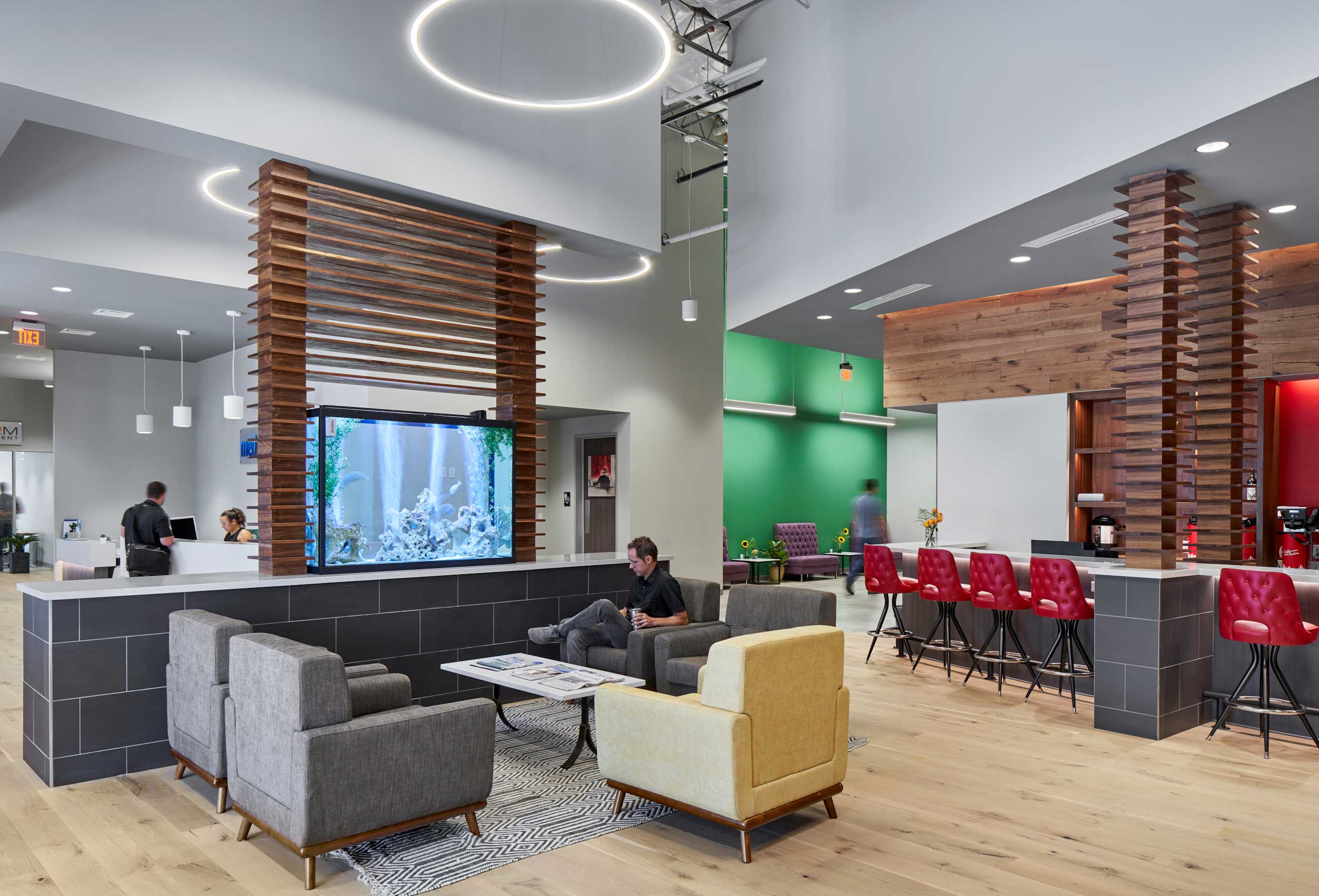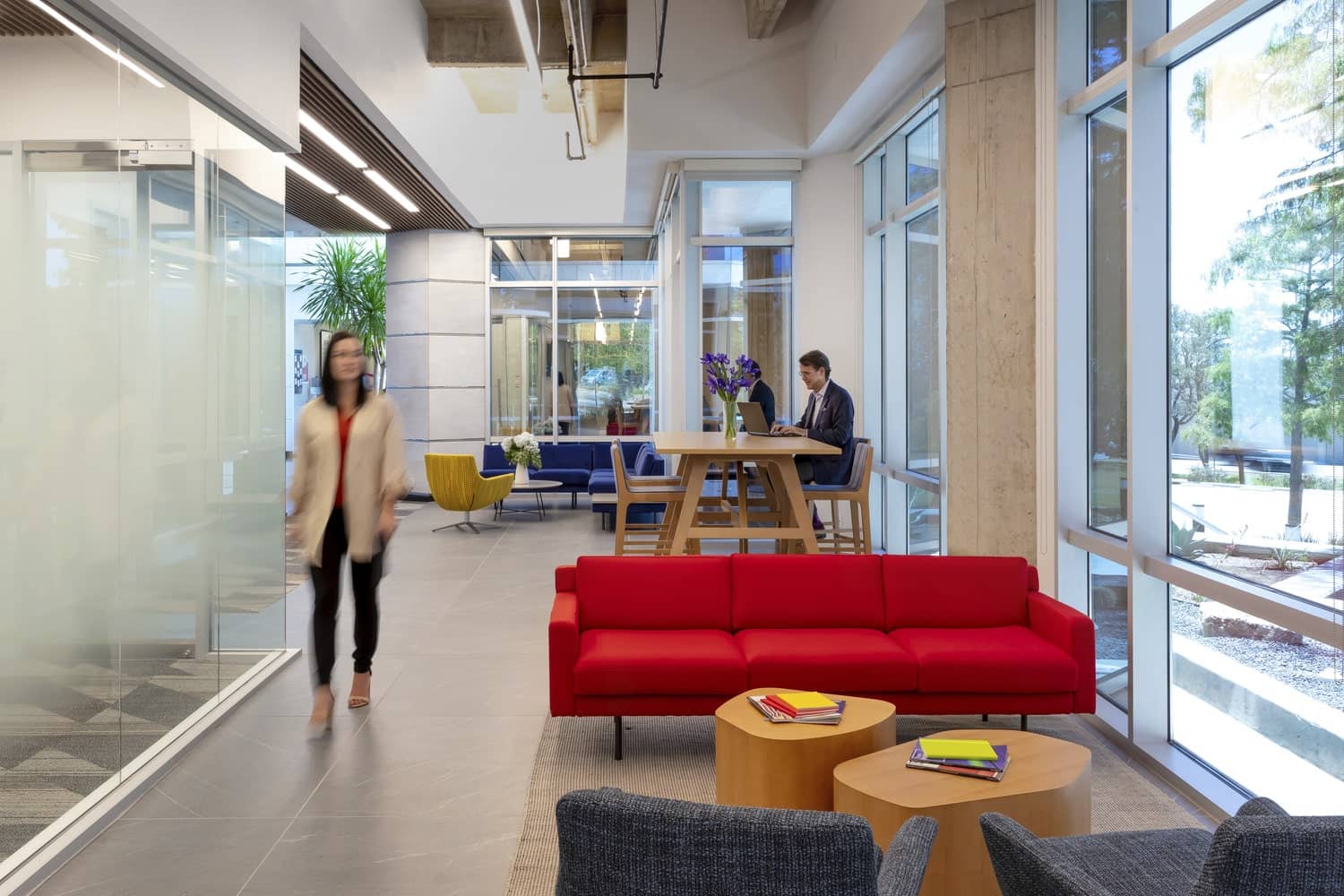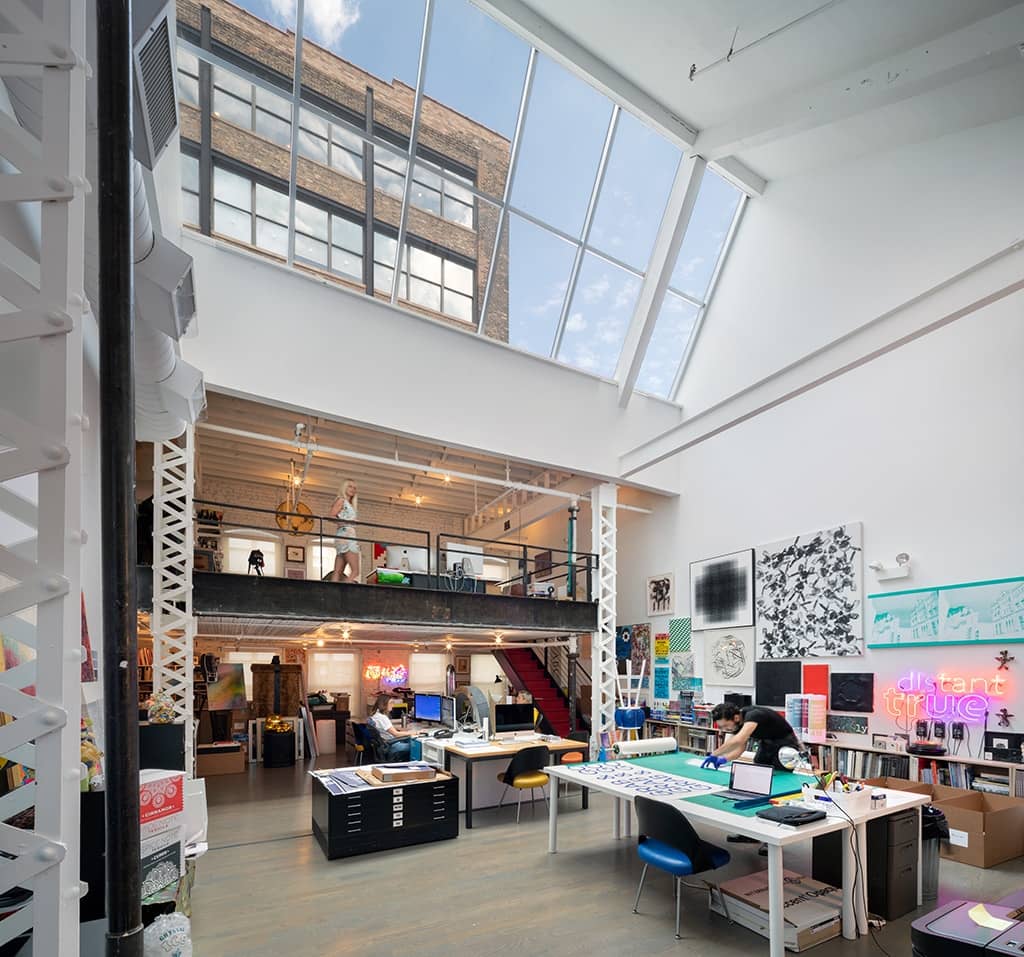Even before the pandemic, demand for life sciences had been building for almost 20 years. In 2020, pharma, R&D, and medical technology raced to procure vital medical products and solutions to develop new therapies and vaccines for COVID-19, which may have been the tipping point that led to the life sciences boom.
In 2021, a record $78 billion of private equity and public investments was pumped into life science-related companies, up from $70 billion the year prior. Key life sciences markets such as Boston, San Francisco, San Diego and New York City remained at the epicenter of most activity, but secondary markets also gained traction.
The U.S. government also increased its funding, upping the National Institutes of Health budget by 3% to $42.9 billion in 2021. Naturally, job creation followed suit and overall life science employment notched up 5.3% in January 2022 over prior year — surpassing the national average of 4.7%.
The biotech research and development subsector, which accounts for much of life sciences’ current activity, experienced more than 11% growth in employment during that same period.
The influx in funding and subsequent job growth has had a direct impact on demand for CRE space, absorbing nearly all that’s available. Overall, national life science vacancy sits below 10% (lower than 5% in some markets) with asking rents increasing by an average of 72% since 2015.
Investors have taken notice, and related property transactions reportedly topped a record $18.4 billion in 2021, with growth of at least 10% expected in 2022. Many CRE investors are also pursuing development opportunities to keep up with demand; as of Q1 2022, there were 17.1 million square feet of life science projects in the pipeline in 10 key markets.
Converting CRE into Life Science Facilities
Another rapidly growing area to watch is the conversion of CRE space into life science facilities. This is happening at a fervent pace in many markets, including Boston, where nearly all office sales transactions are either lab/R&D space or pegged for life science conversion.
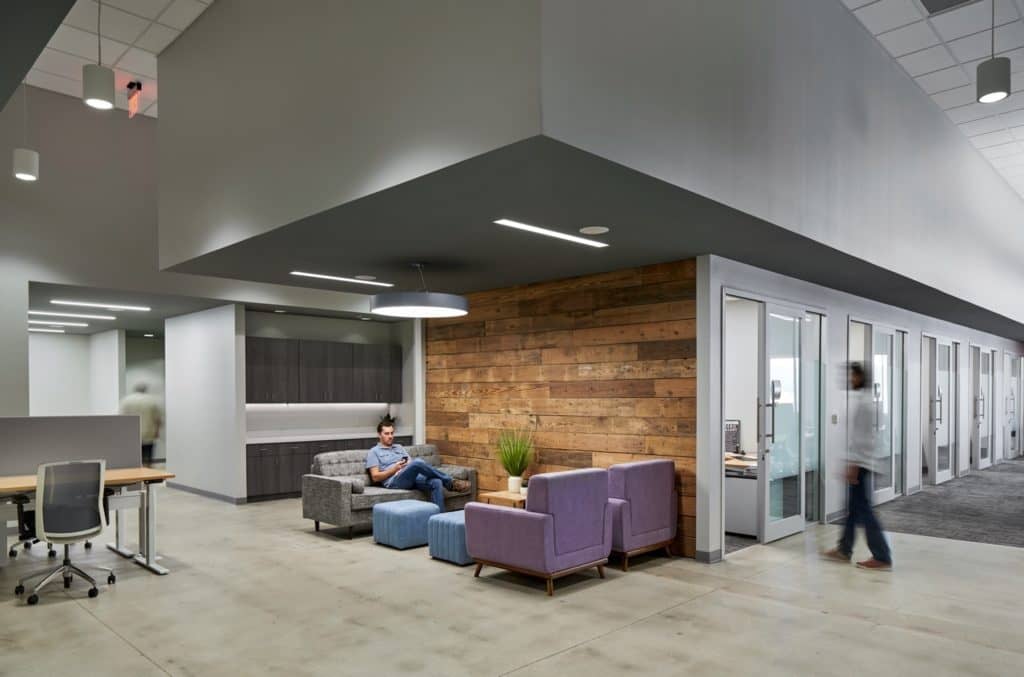
Across all markets, the total volume of life science investment as a percentage of total office volume was estimated at 16.4% in 2020 — twice that of 2019. That number is presumably higher today considering the increase in demand.
This has created a sort of a niche opportunity for CRE operators to reassess their existing assets to compete with new projects. Some execs actually suggest conversions are a better bet for life science players because the turnaround time can be exponentially faster than a ground-up development.
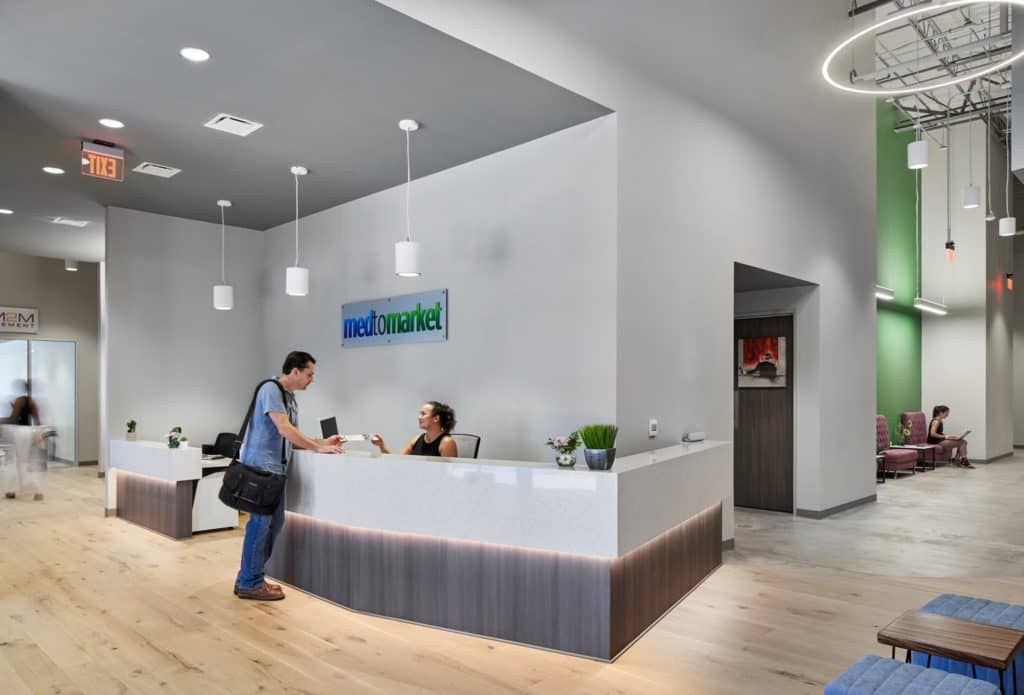
In June of 2019, for instance, MedtoMarket (M2M), a private medical training and co-working facility, took occupancy of 31,683 square feet of completely renovated space at KBS’ SouthTech Business Center in Austin, Texas. Consisting of four Class A, light-industrial and office/flex buildings, SouthTech Business Center was able to accommodate M2M’s needs, including research and development labs, state-of-the-art auditorium, stadium event center and training labs.
The renovation brought the company’s two divisions (M2M Element Coworking and M2M Labs) under one roof, where the space continues to provide comprehensive bioskills accommodations for its clients.
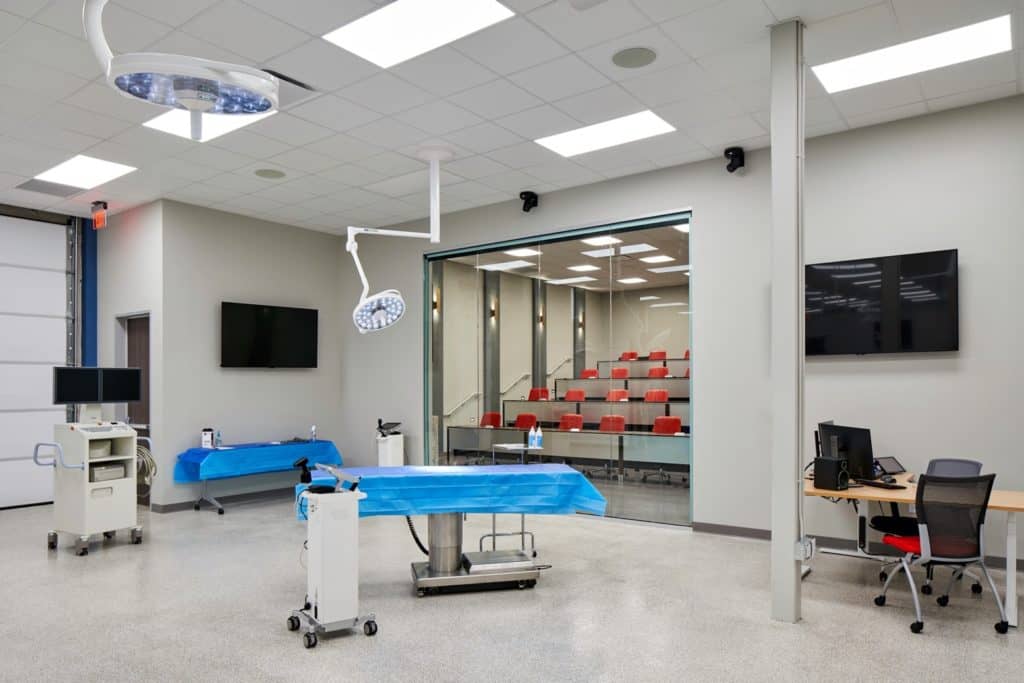
Converting and designing existing CRE into a purpose-built facility is more than just knocking down a few walls, however. Developers are recommended to optimize existing space based on two criteria: structural specification and space flexibility.
Structural specifications speak to key considerations of the physical space needed to run a life science facility, such as floor load capacity, floor plates (larger options are most often preferred), enhanced ventilation and HVAC capabilities, ceiling heights (a minimum ceiling height of 16 feet is typically required), vibration capacity, power continuity, and property technology, among others. Energy efficiency and Environmental, Social, and Governance (ESG) standards also important factors.
Space flexibility simply means there needs to be a strategic balance of lab and office space that can easily be adapted to a life science tenant’s needs. But if the bones are good and if an asset is located in the right market, this conversion strategy could prove to be a positive direction for some CRE owners.
The COVID-19 pandemic triggered a life science boom, increasing the need for greater healthcare solutions, research, and diagnostic testing. Although rising interest rates and inflation will have an impact on CRE investment, some speculate that this era of growth is just the beginning.
So, what’s next? CRE operators and developers with innovative thinking and flexible property strategies to meet the immediate needs of the life sciences sector are poised to reap the greatest benefits. Look for more traditional and non-traditional players to enter the life science game — such as Amazon’s recent purchase of One Medical — which will only increase the pressure for workers and space. Learn more about commercial real estate, visit KBS.com/Insights.
